In the southern Harz, near the border of the German Free State of Thuringia, the final remnants of socialist military architecture have survived in the midst of nature. Not far from the country road, two abandoned, silent prefab apartment blocks in typical socialist style stand lost in the landscape, puzzling hikers and accidental tourists.
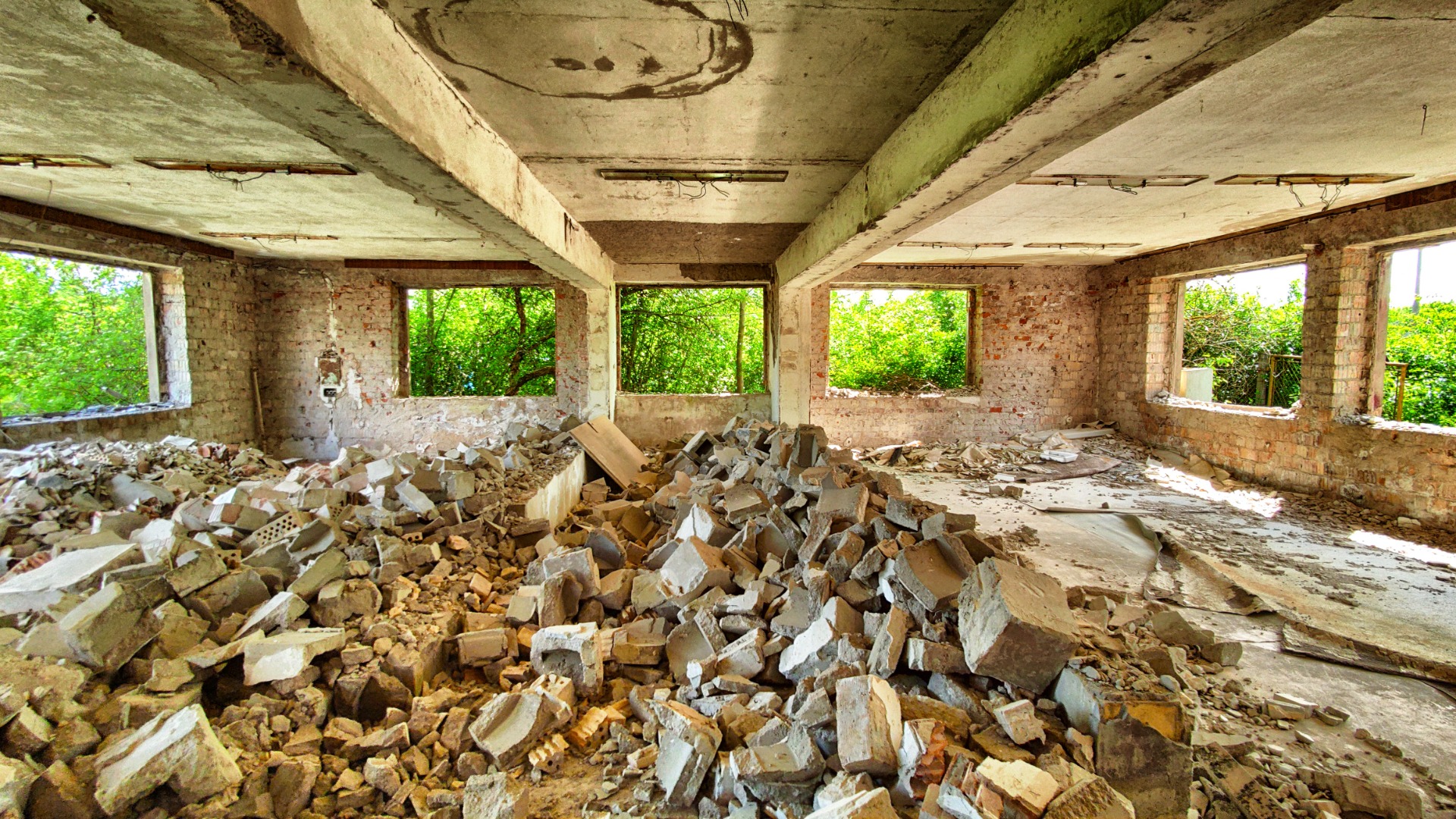
The nuclear wilderness
Seen from the road while a long hike around the empty area, the building looks like an ordinary East German GDR apartment block: four entrances, five floors, covered doorways at the front, wide windows at the back overlooking a dense jungle of birch, ash, and lime trees.

The road in front is narrow; a couple of old armchairs and tables are rotting where Trabant-sized parking spaces have long since been conquered by undergrowth.
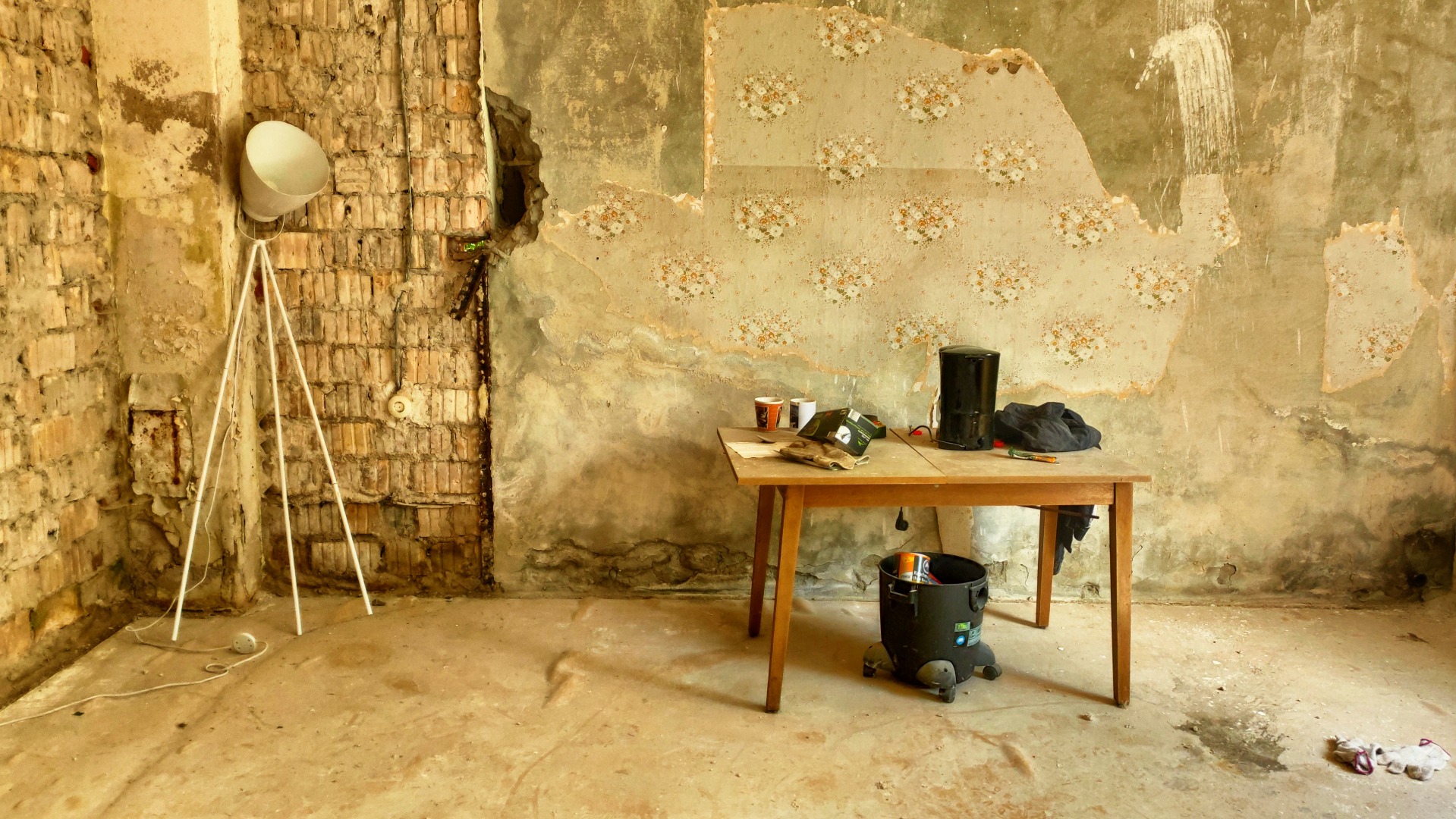
But unlike its counterparts elsewhere in the country, this prefab block stands lost in the middle of a green nowhere. Here, on the desolate country road 234 between Kelbra at the Kyffhäuser and Hayn, surrounded by forests, karst terrain, and farmland. The nearest villages - Breitungen, Agnesdorf, Wolfsbach - are kilometers away; only Dietersdorf, a small place with 265 inhabitants, is a little closer.
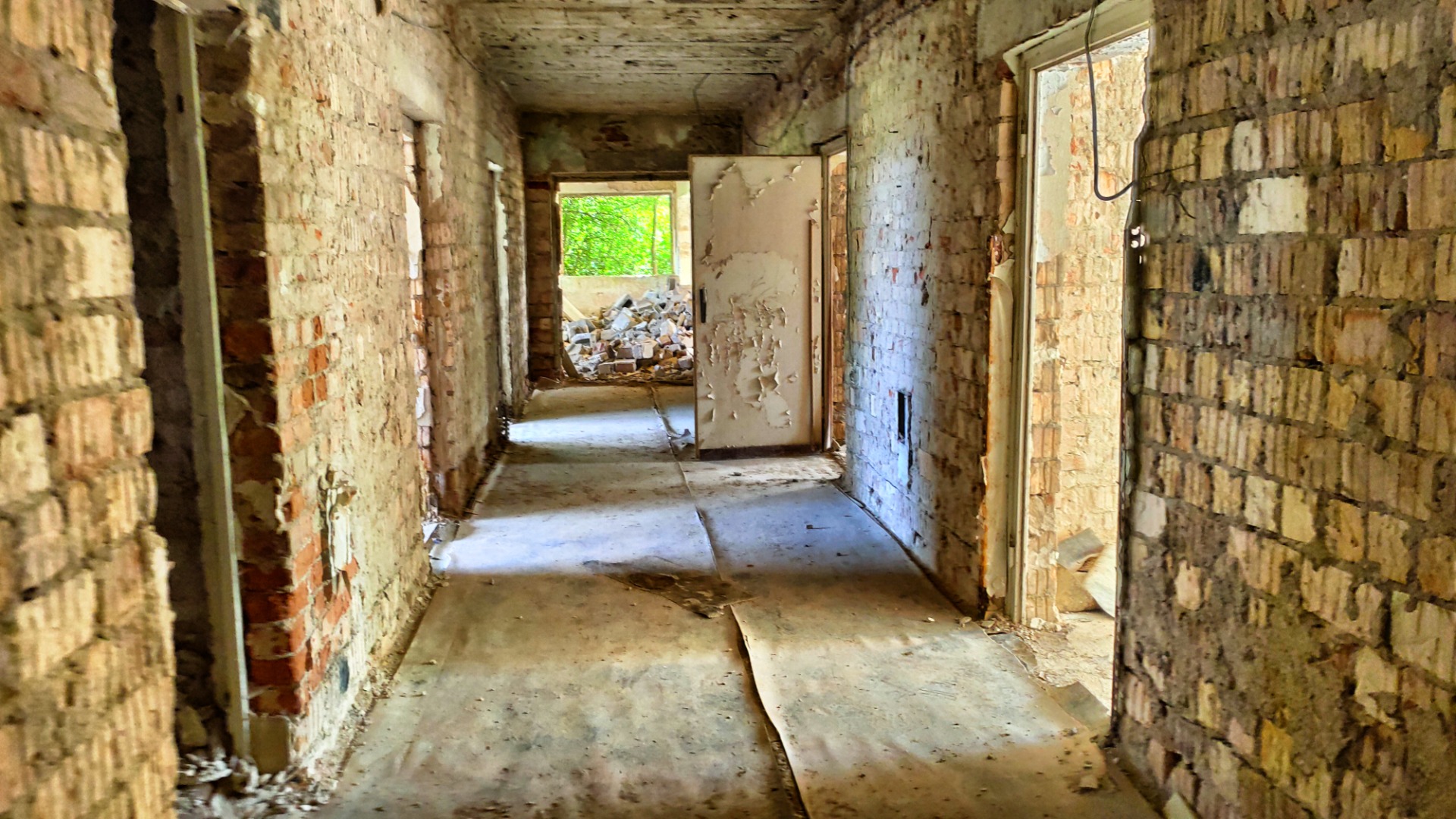
No-mans Land
No-man’s-land - with a housing estate right in the middle? Everything you’d expect can be found here, even what was called the “supply complex” in GDR officialese: a single-story building that served as a pub and kindergarten, garages at the front, sized for the Trabi. Yet this was never a “normal” GDR prefab housing estate, being ten kilometers from the Wippra reservoir.
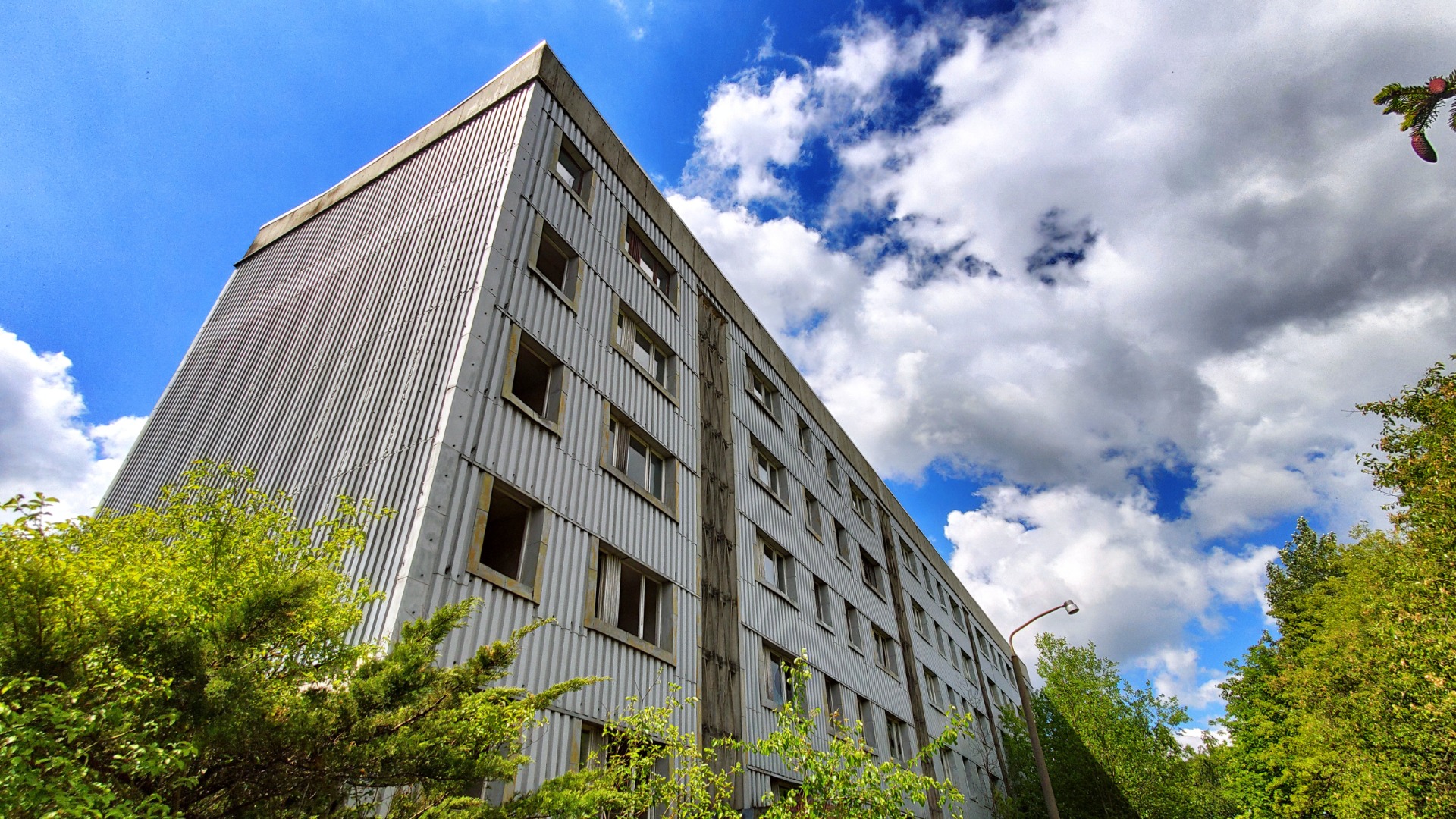
Aerial photos reveal the truth: behind the concrete blocks by the road now stretches the fenced-off grounds of a munitions disposal company. In the landscape, a crop-circle pattern remains: paths leading from the garages to two rings - there are four more like them in the region.
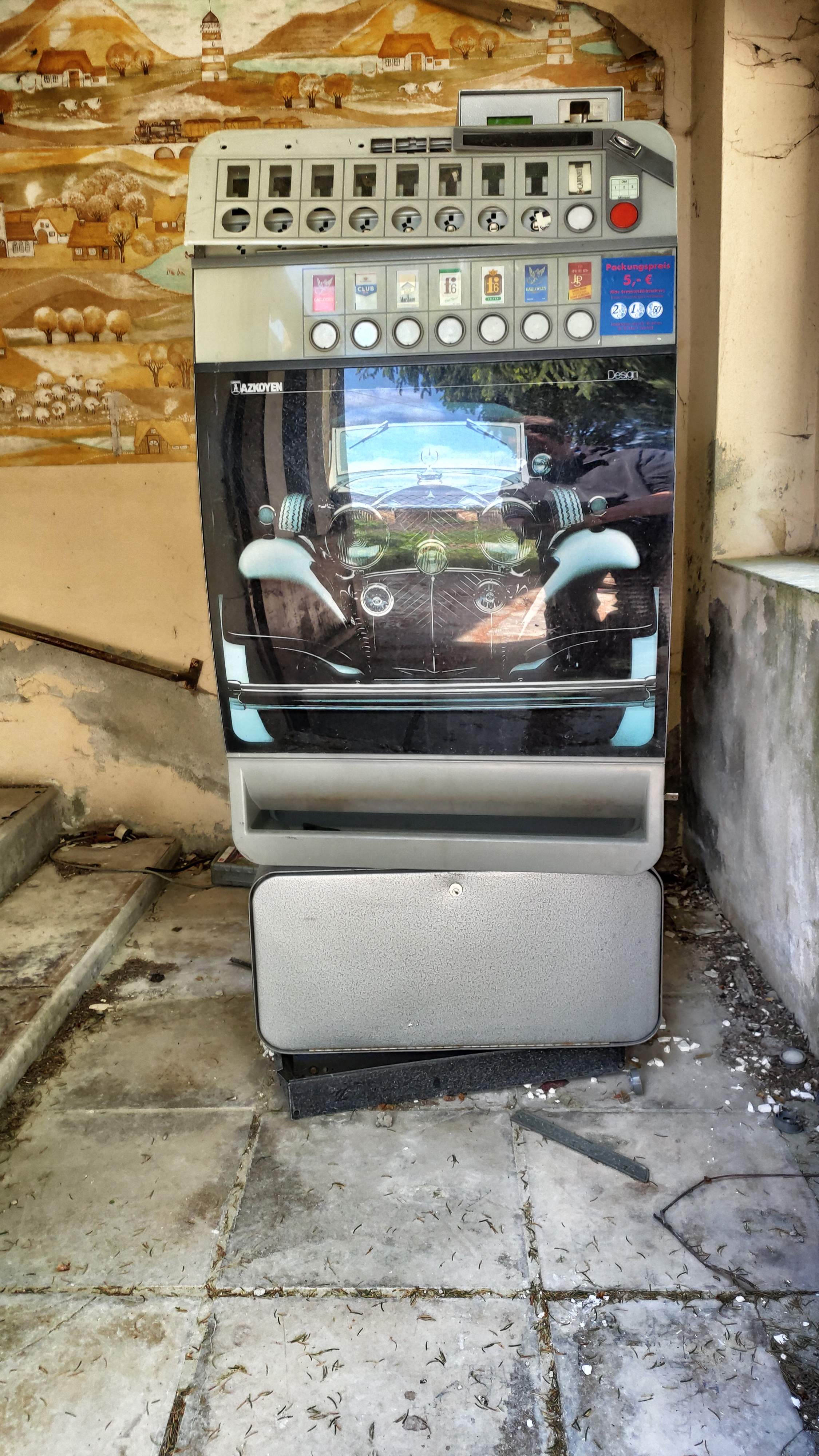
At all five remote locations in Saxony-Anhalt and Thuringia, these are former launch sites of the 51st Anti-Aircraft Missile Brigade of the 5th NVA Air Force Division. A relic of GDR air defense against the western Nato.
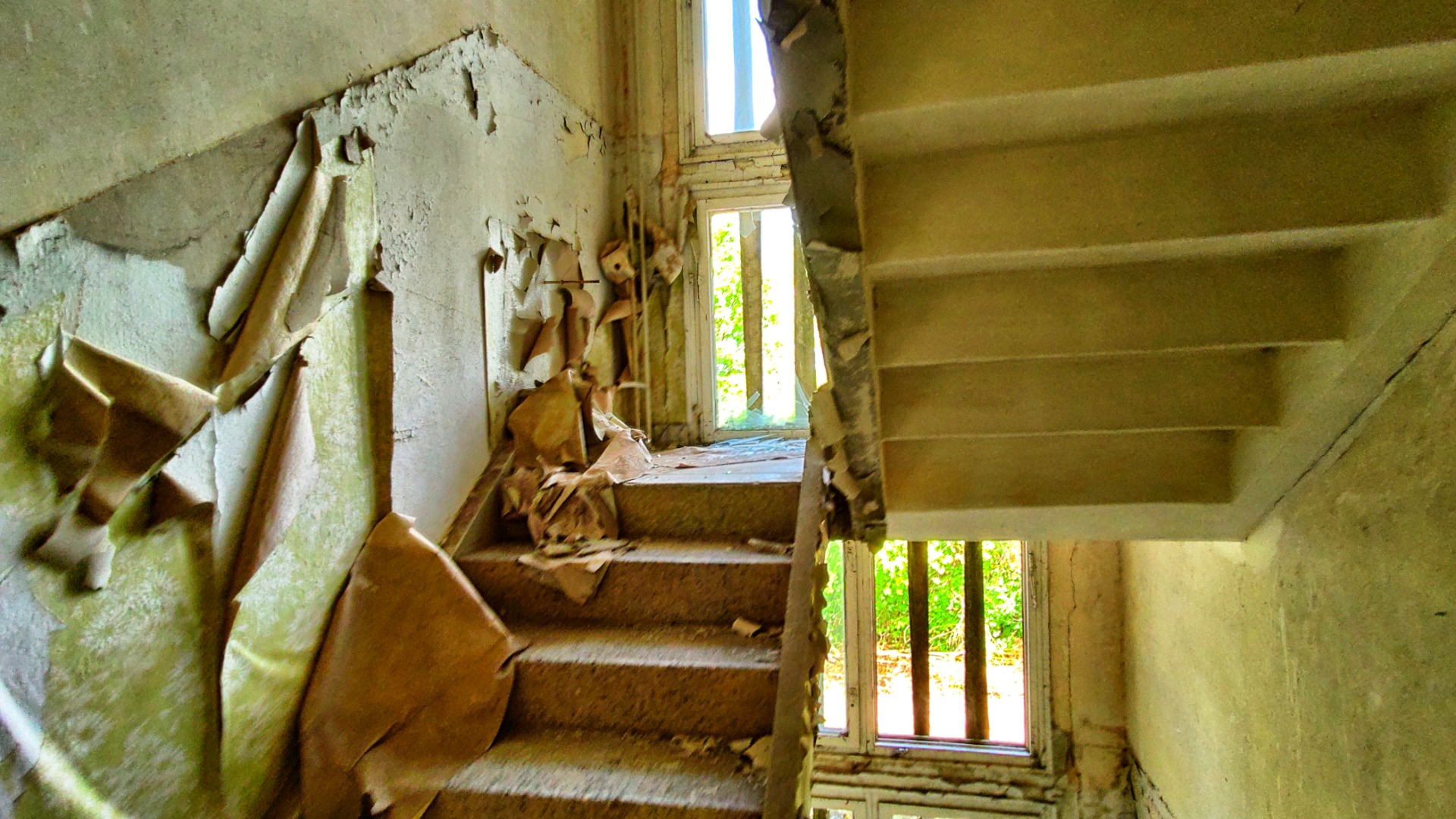
Codename “Bergahorn-71
Near Dietersdorf, the site had the codename “Bergahorn-71.” In peacetime, 180 soldiers and officers lived here, the latter in a separate apartment block outside the barracks fence.
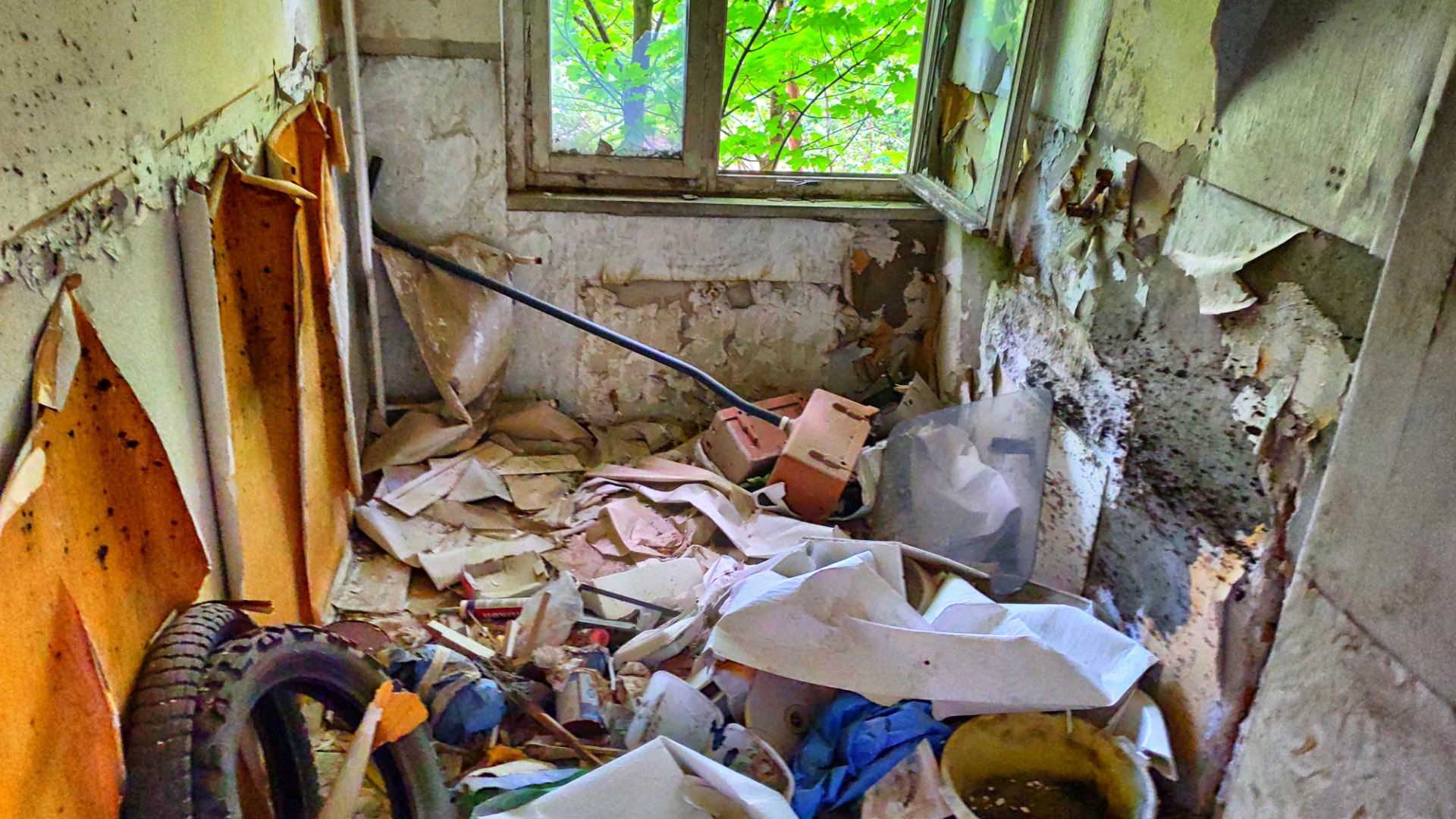
The ring-shaped installations behind - the operational zone. Most of these missile complexes, not only in the south but also the north of East Germany, were equipped with Soviet S-75 “Wolchow” rockets - capable in theory of shooting down enemy planes up to 30 km high.
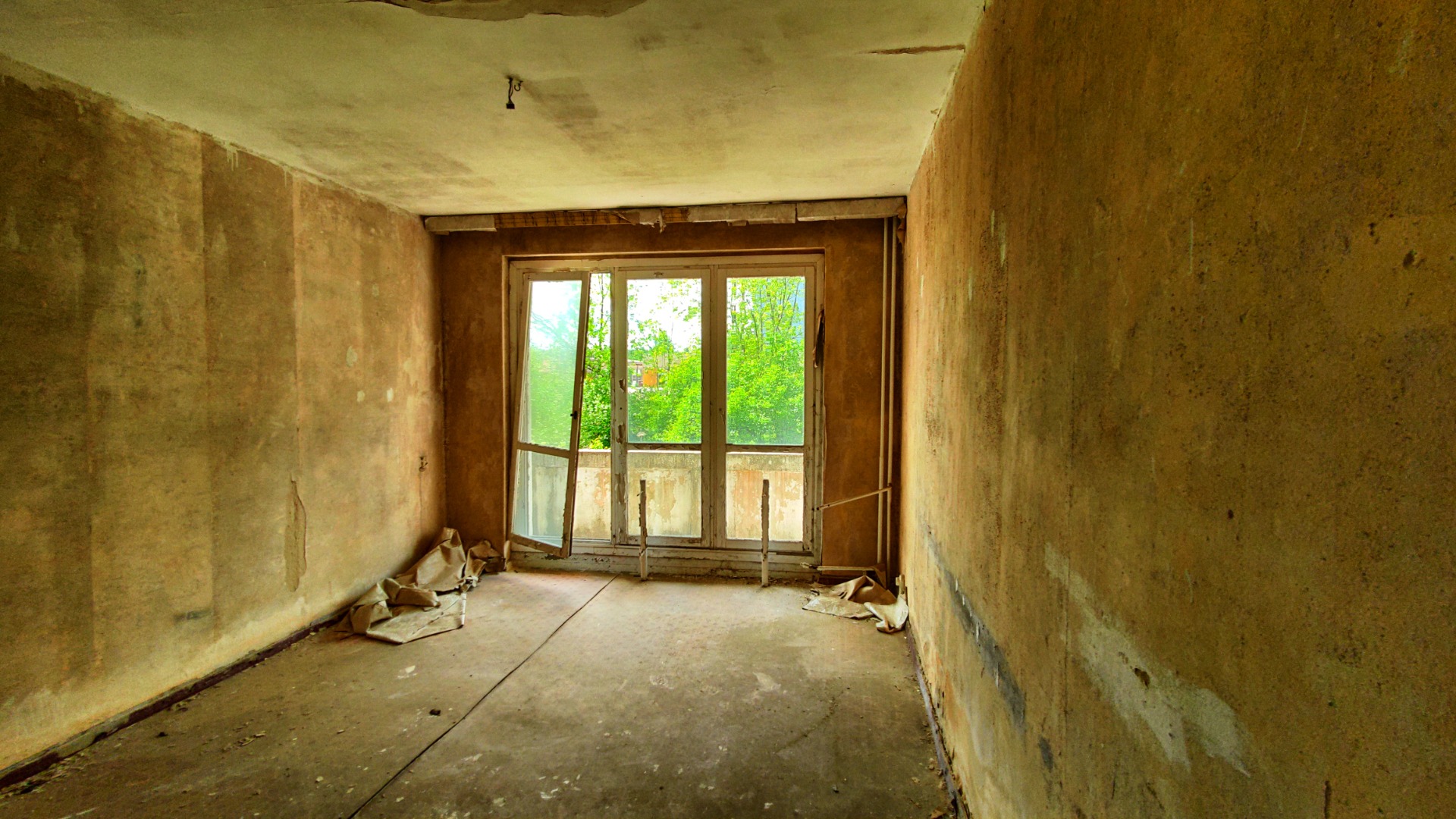
The site housed 60 rockets: six ready to launch on circular ramps, six on transport vehicles, and 48 more stored in a bunker.
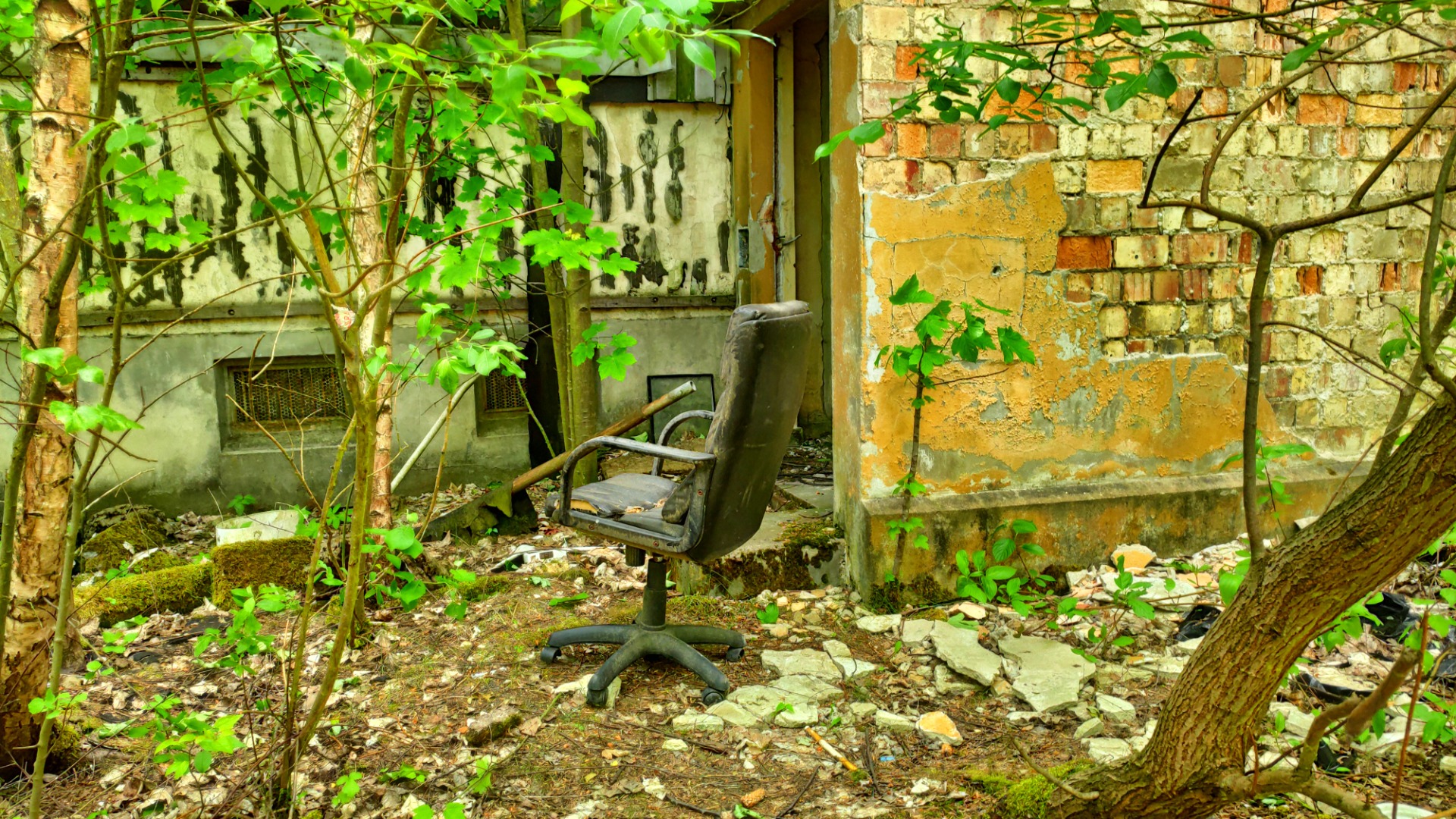
In the early 1960s, the S-75’s fame was notorious: Francis Gary Powers owed his downing in a U-2 over the Soviet Union in 1960 to one, and two years later, American scouts discovered the telltale “Wolchow” rings in Cuba - a trigger for the Cuban Missile Crisis.
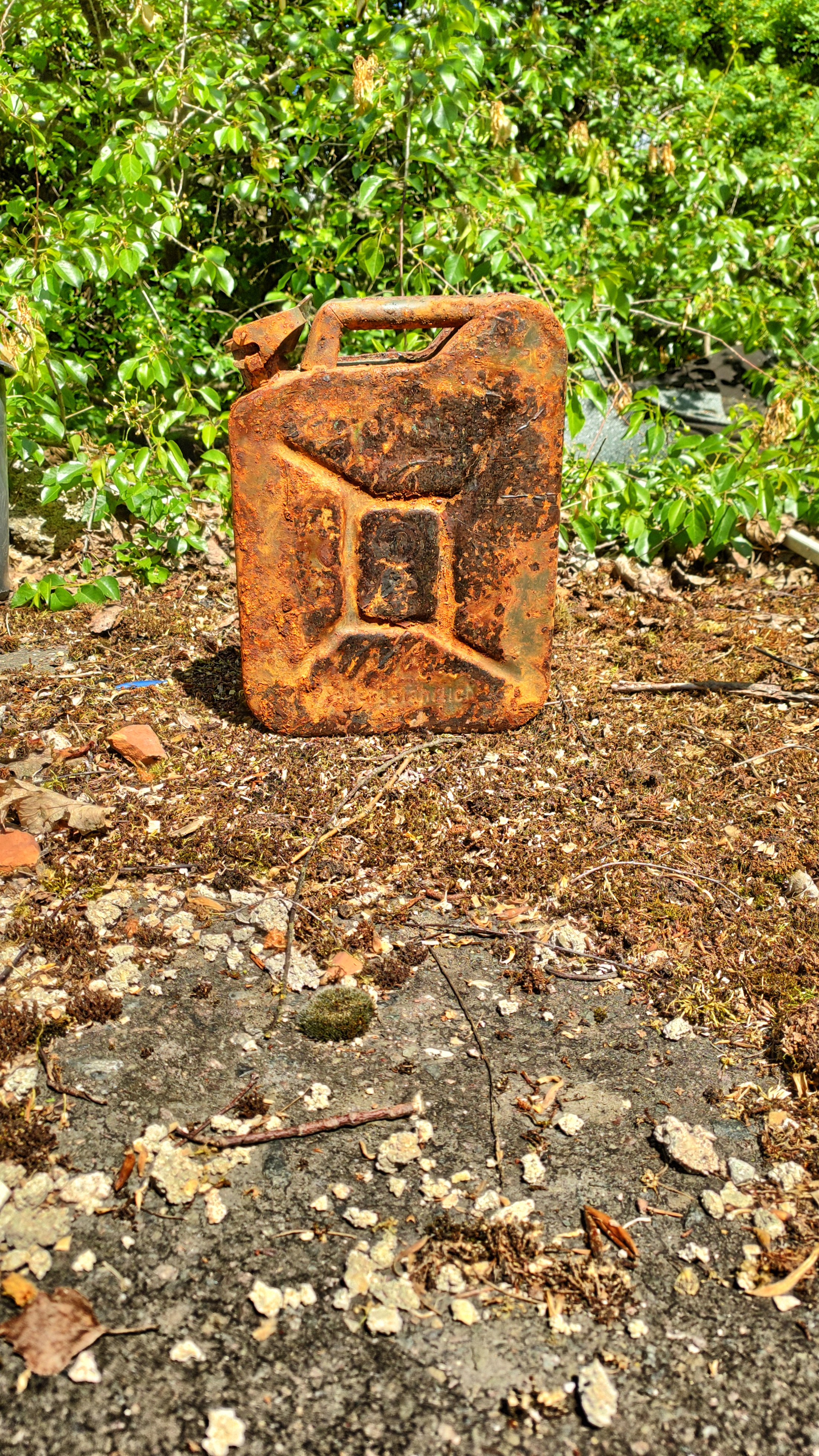
An abandoned site
The S-75s did not arrive in Dietersdorf until ten years later. In the 1980s, sixty rockets were stationed at “Bergahorn-71.” The Bundeswehr took over after reunification but soon abandoned the site.
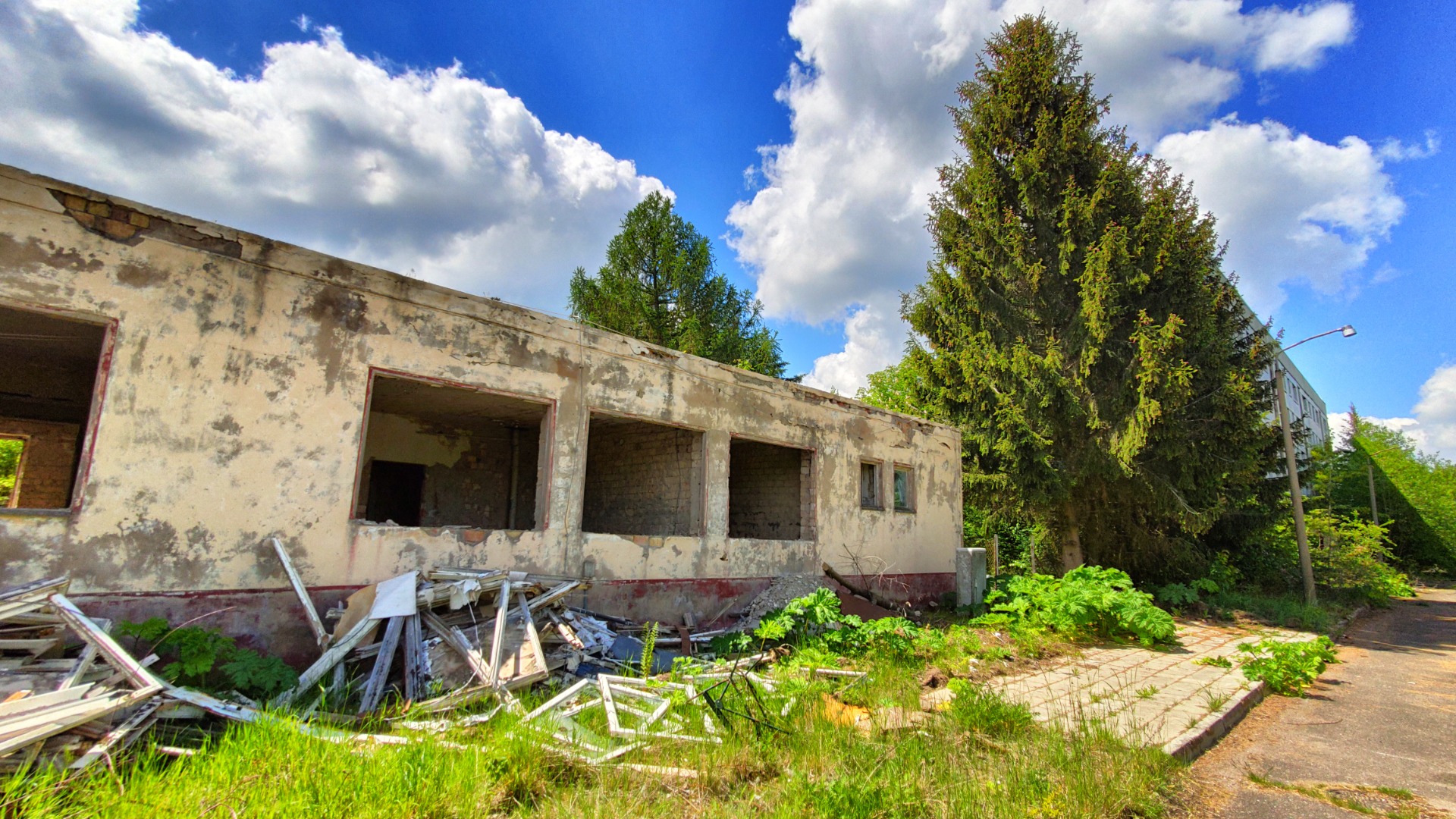
Now, photo tourists and hikers seek out the beauty of decay. Nothing is cordoned off; only time has gnawed at the walls. Wallpaper is peeling, anything metal has been stolen. In the basements, dolls, prams, newspapers from the time of reunification, and piles of old shoes accumulate.
No plans for the future
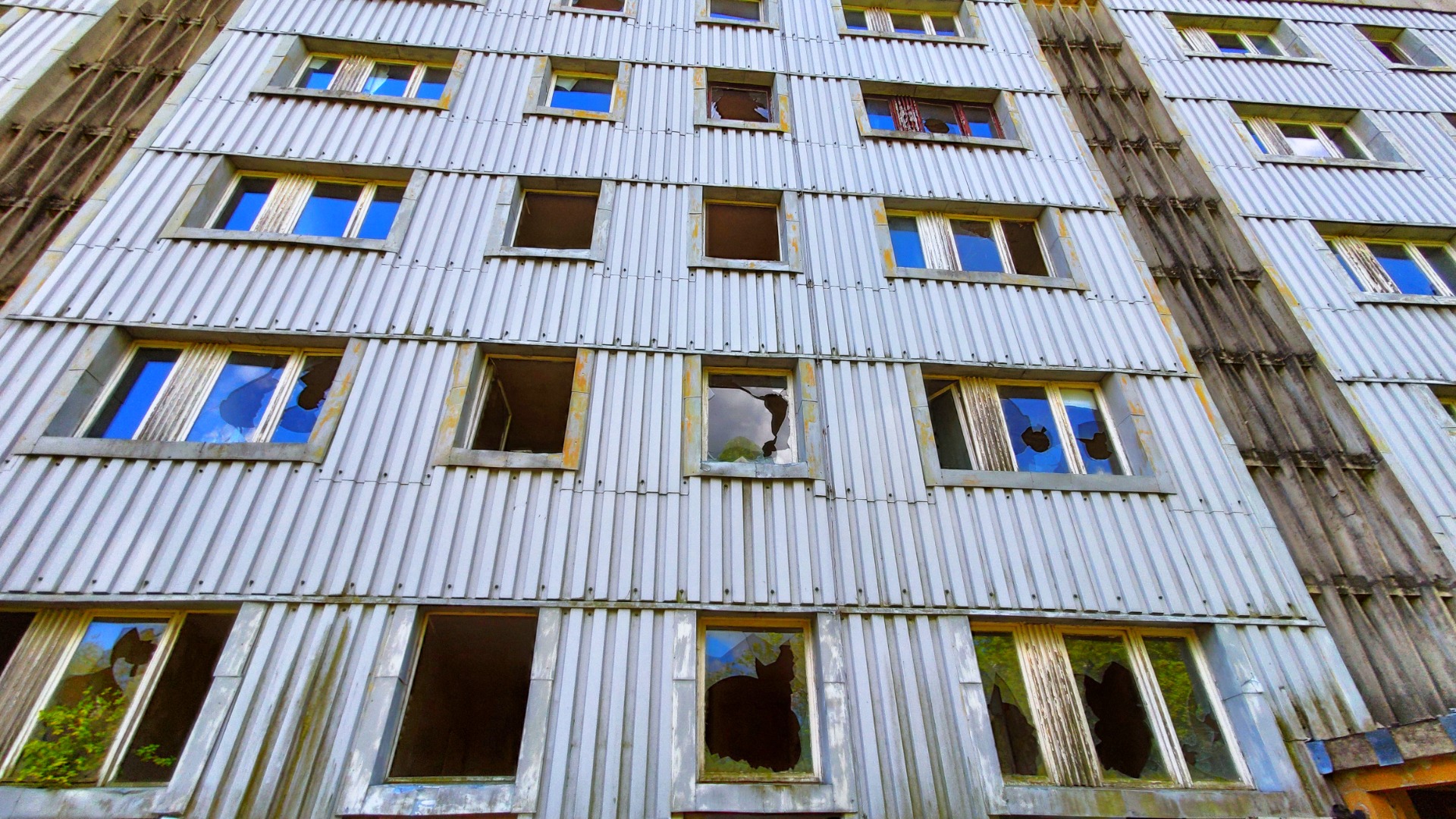
Officially, the property belongs to a private owner. Who is the current proprietor? Unknown. Any plans for the future? No. It's to expensive to try something in this region full of nothing.
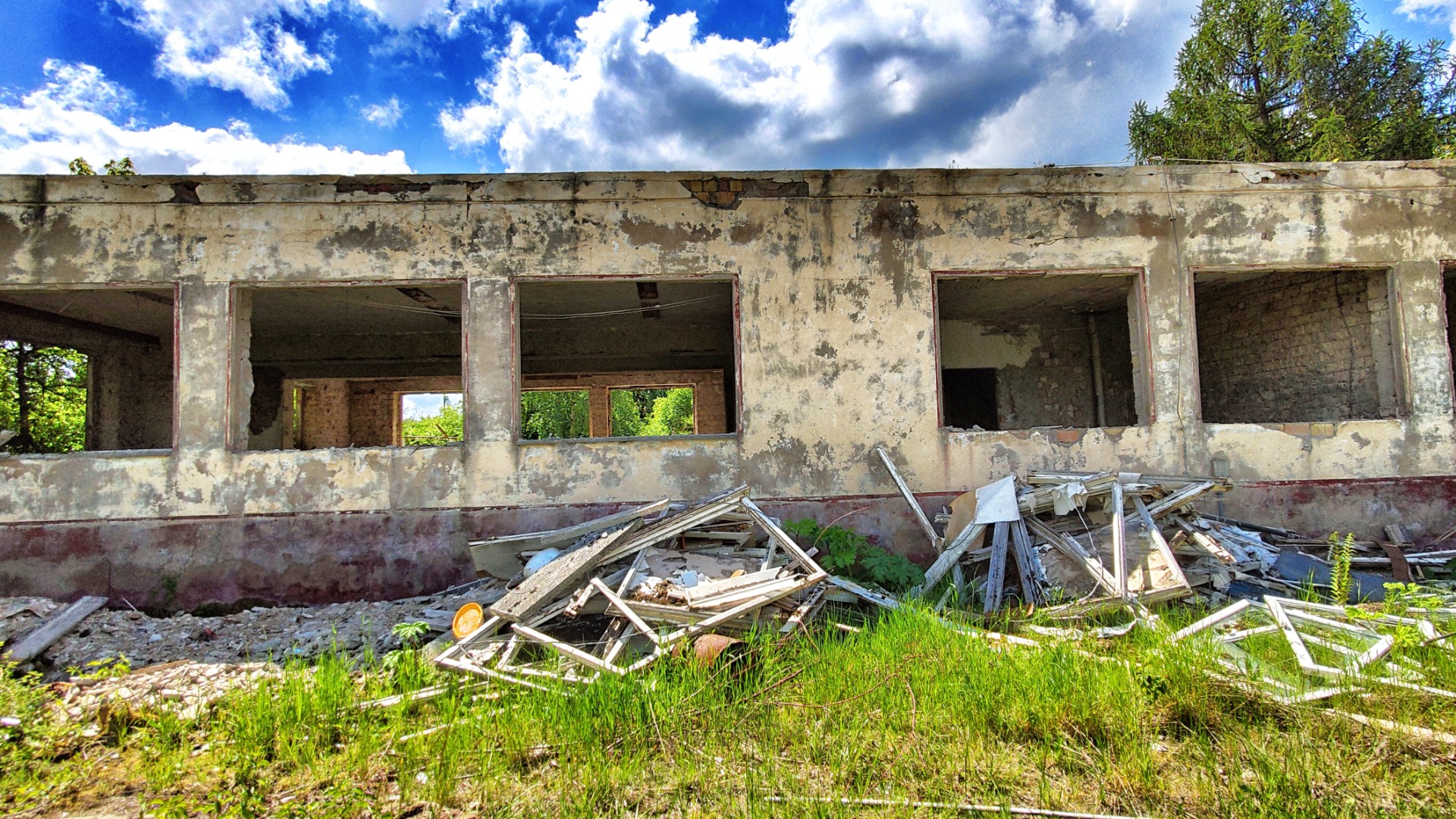
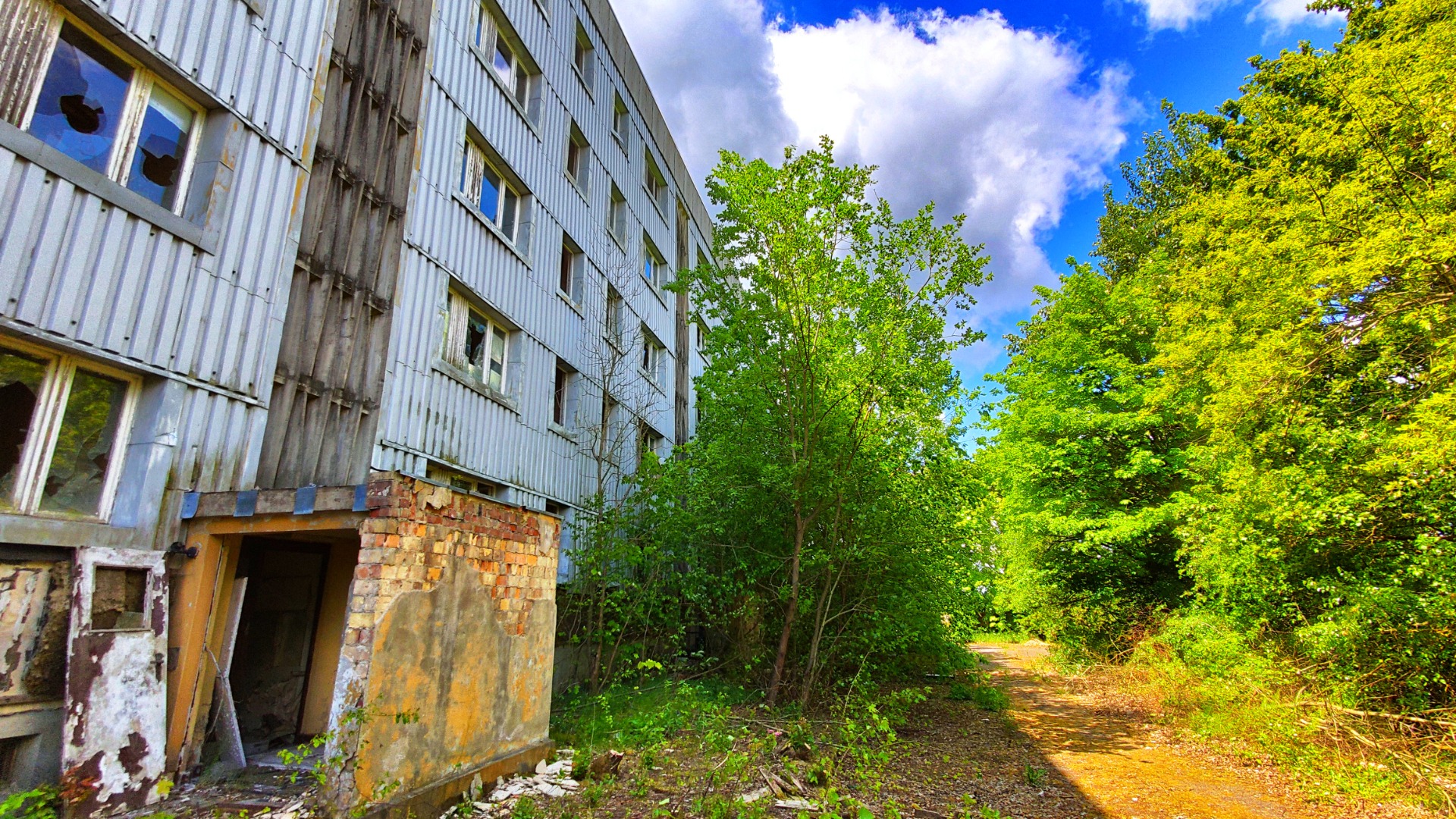
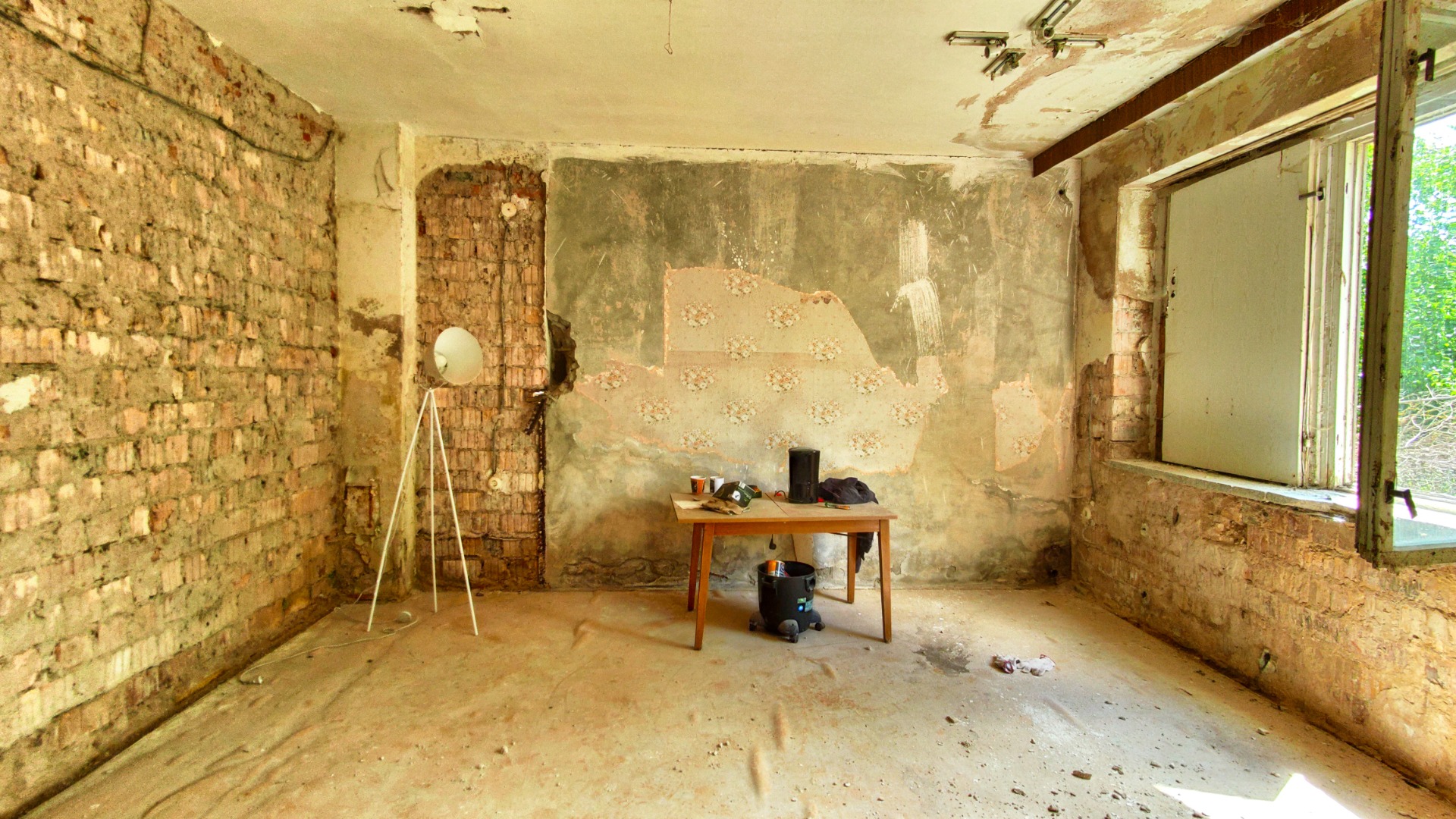
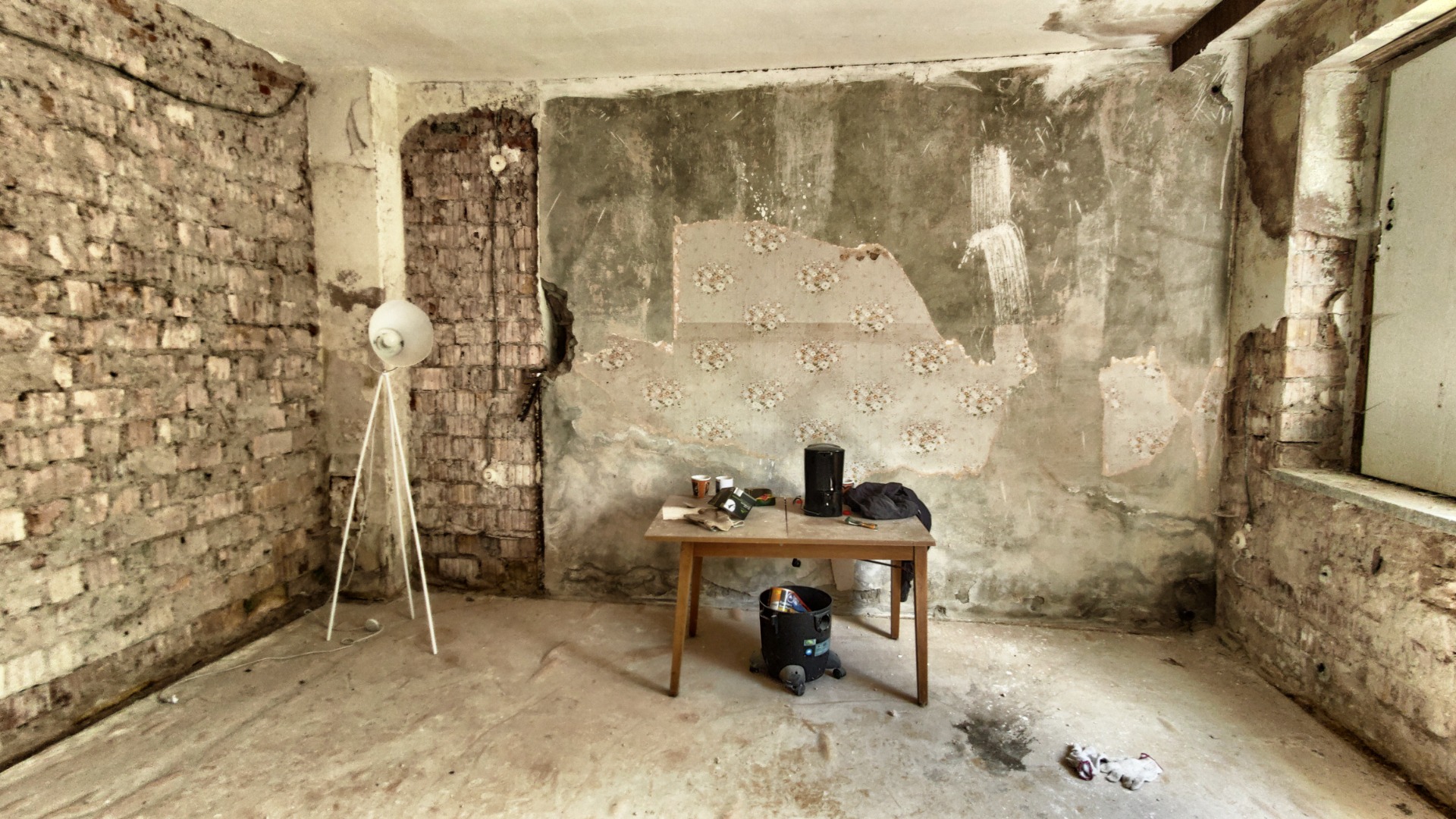
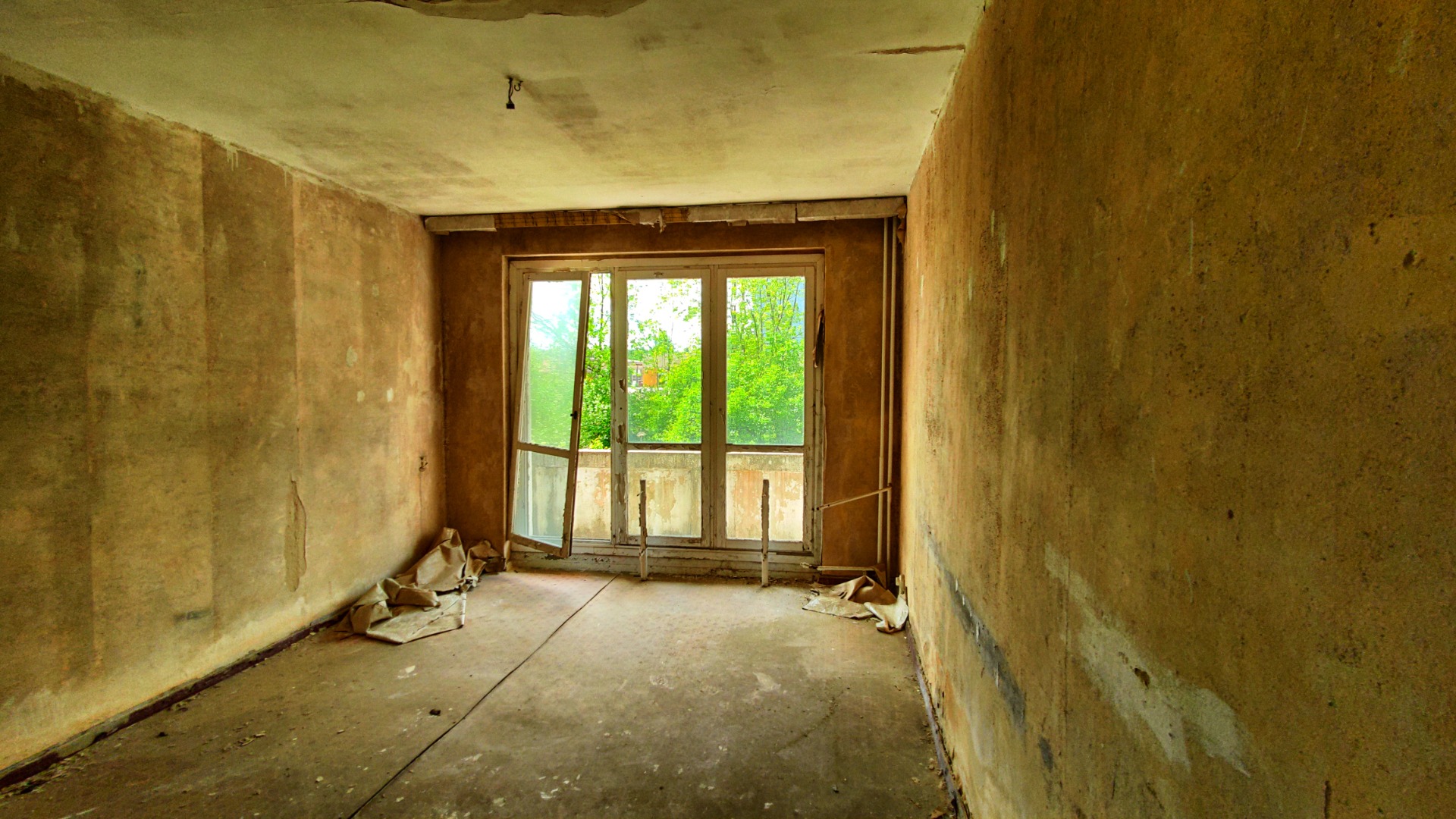
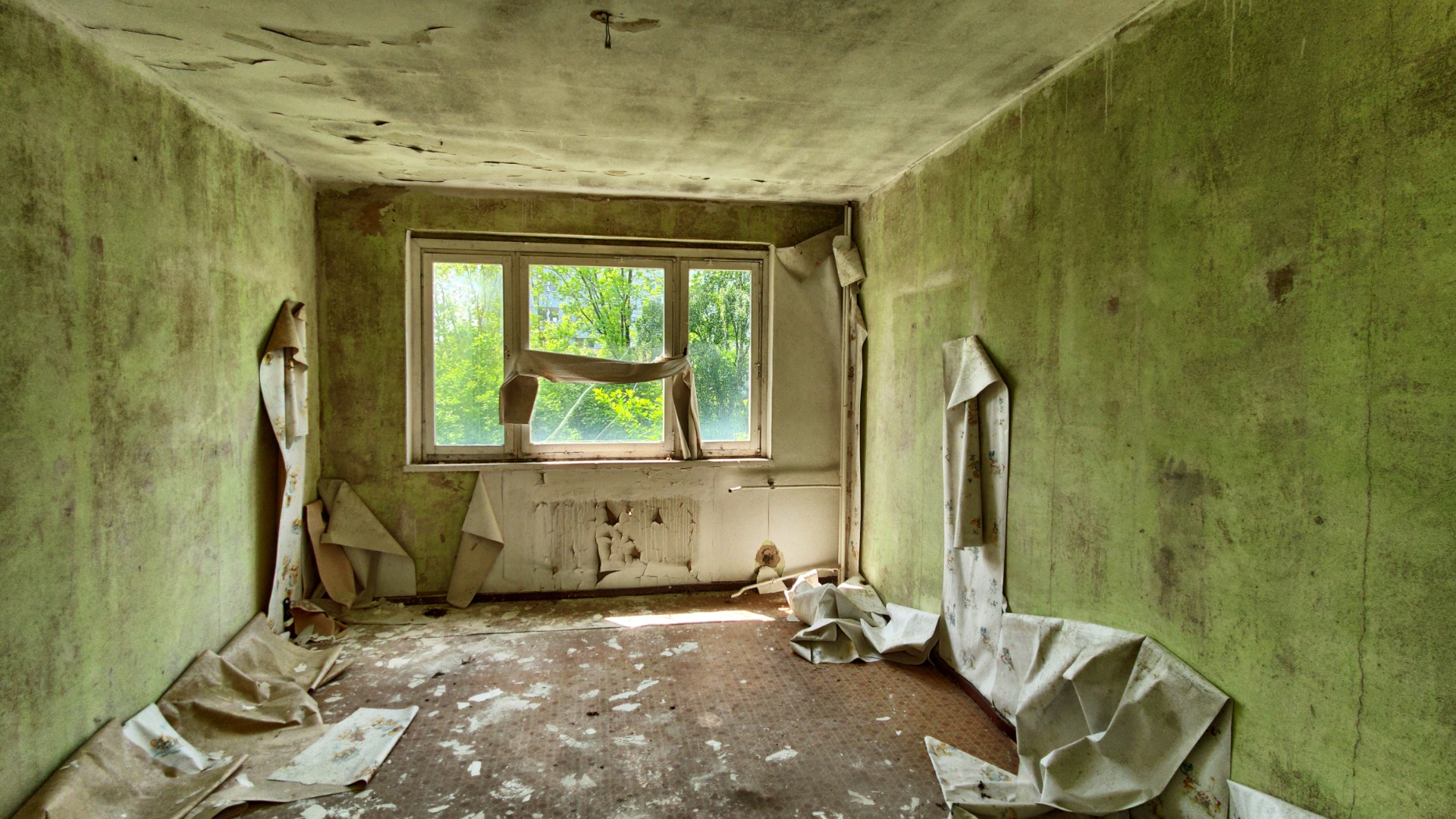
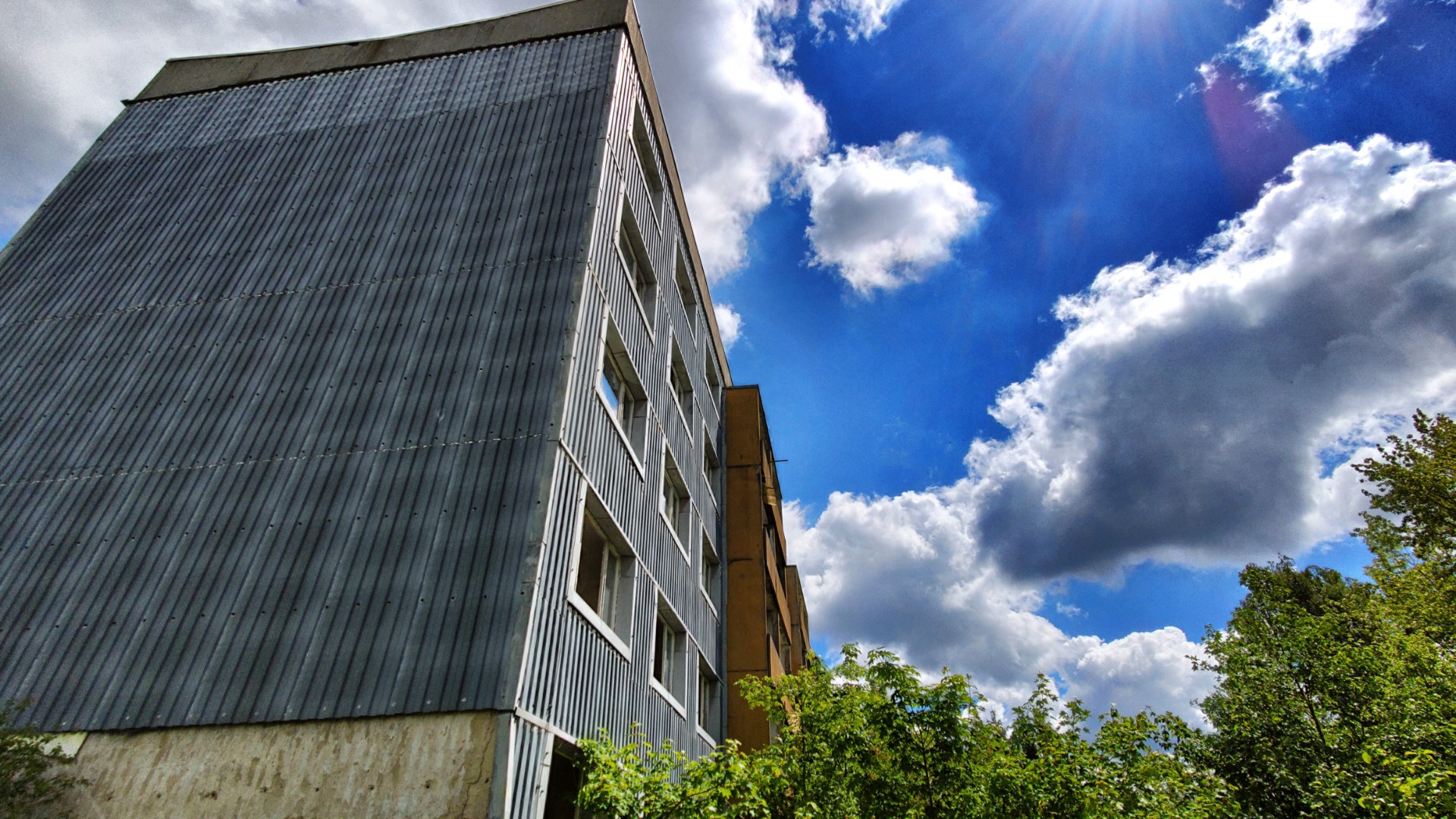
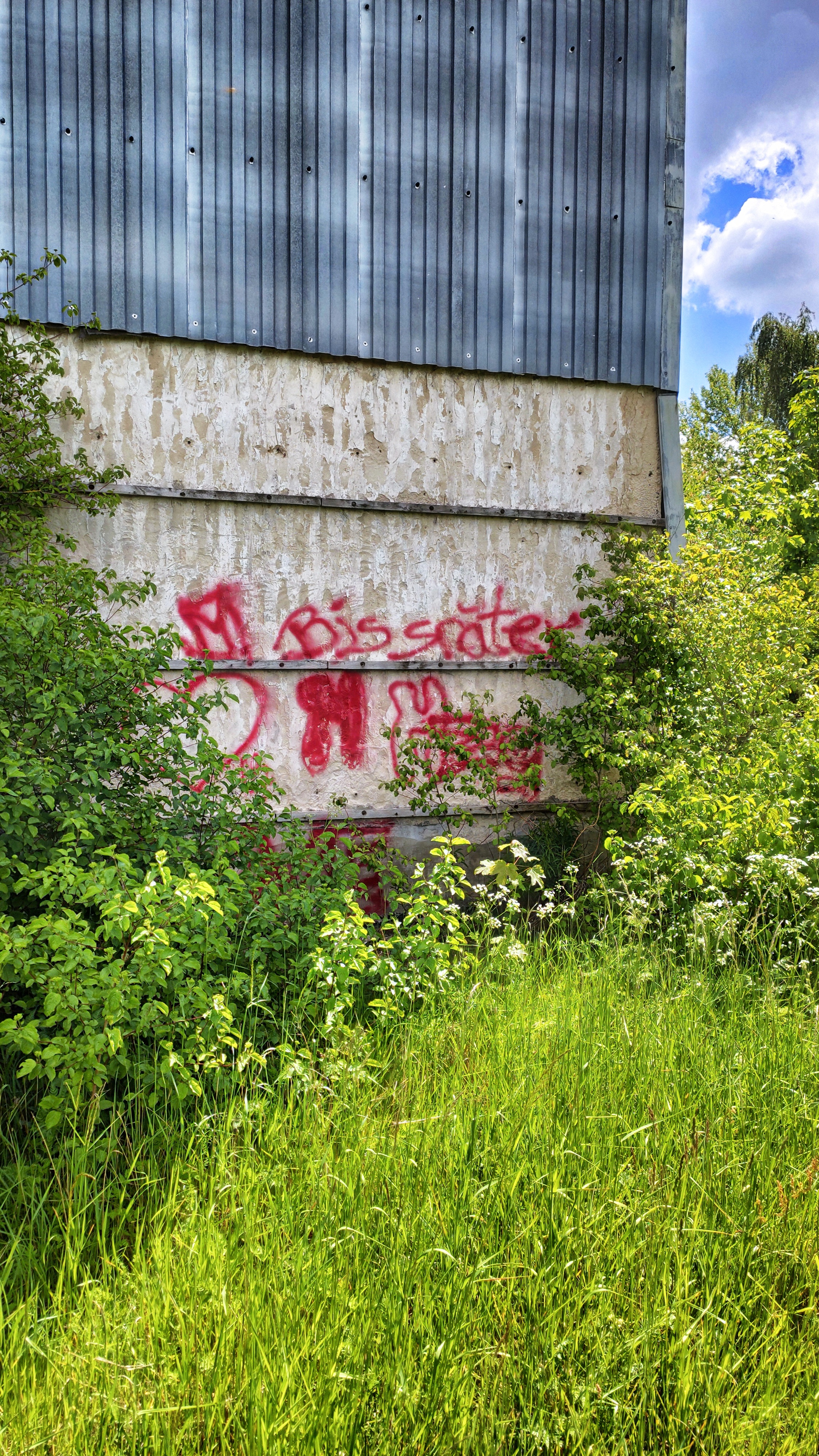
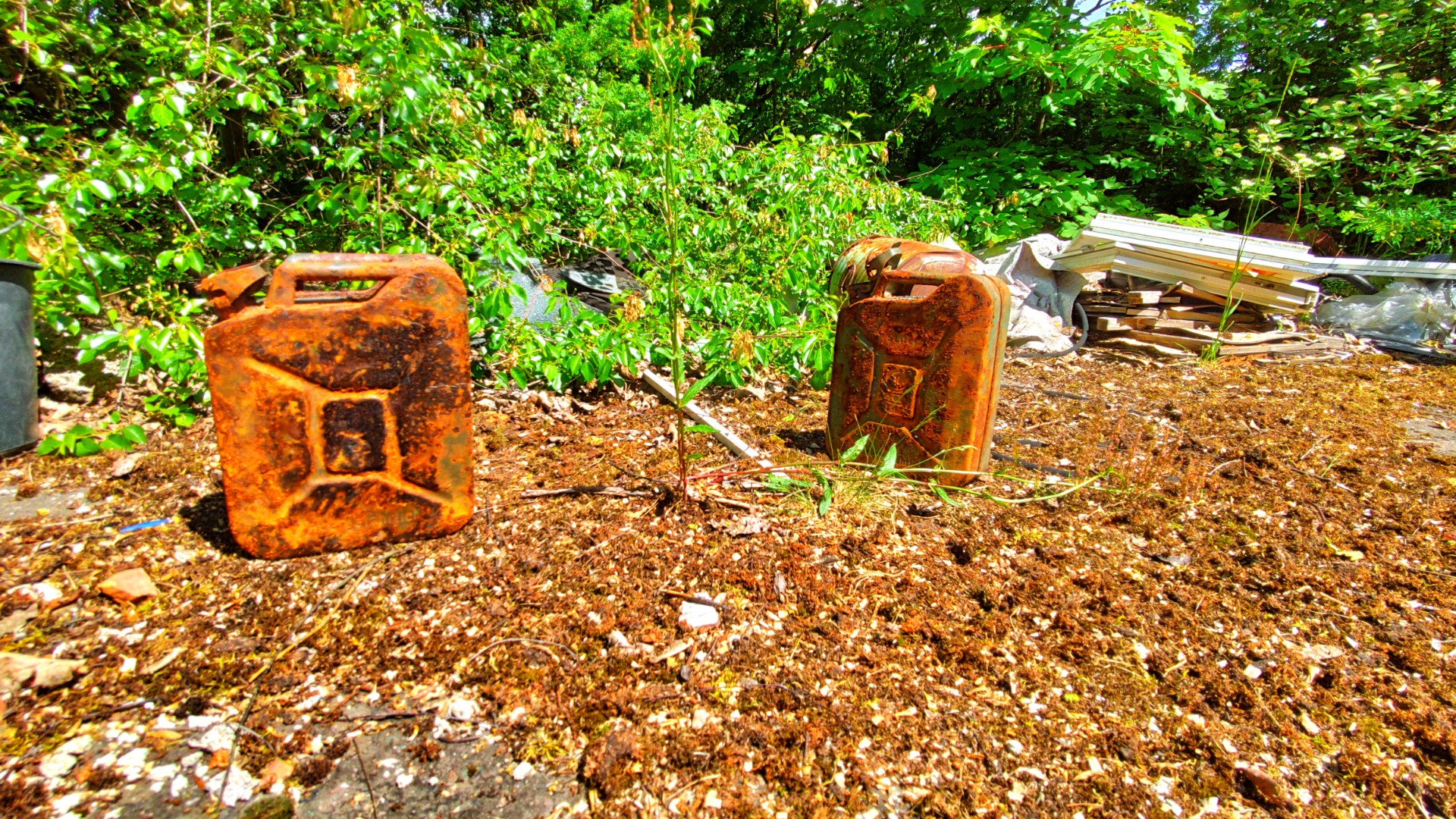
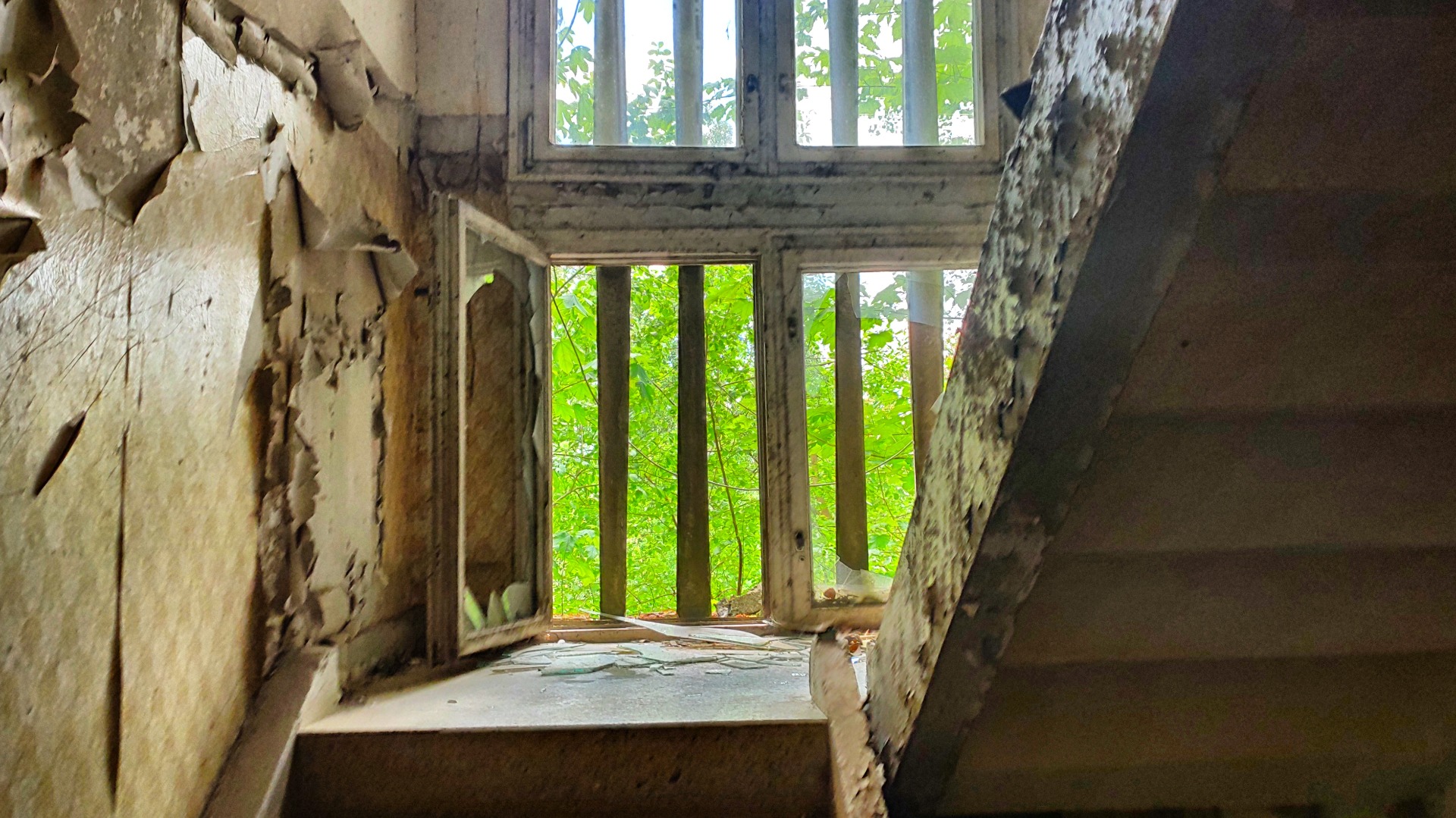
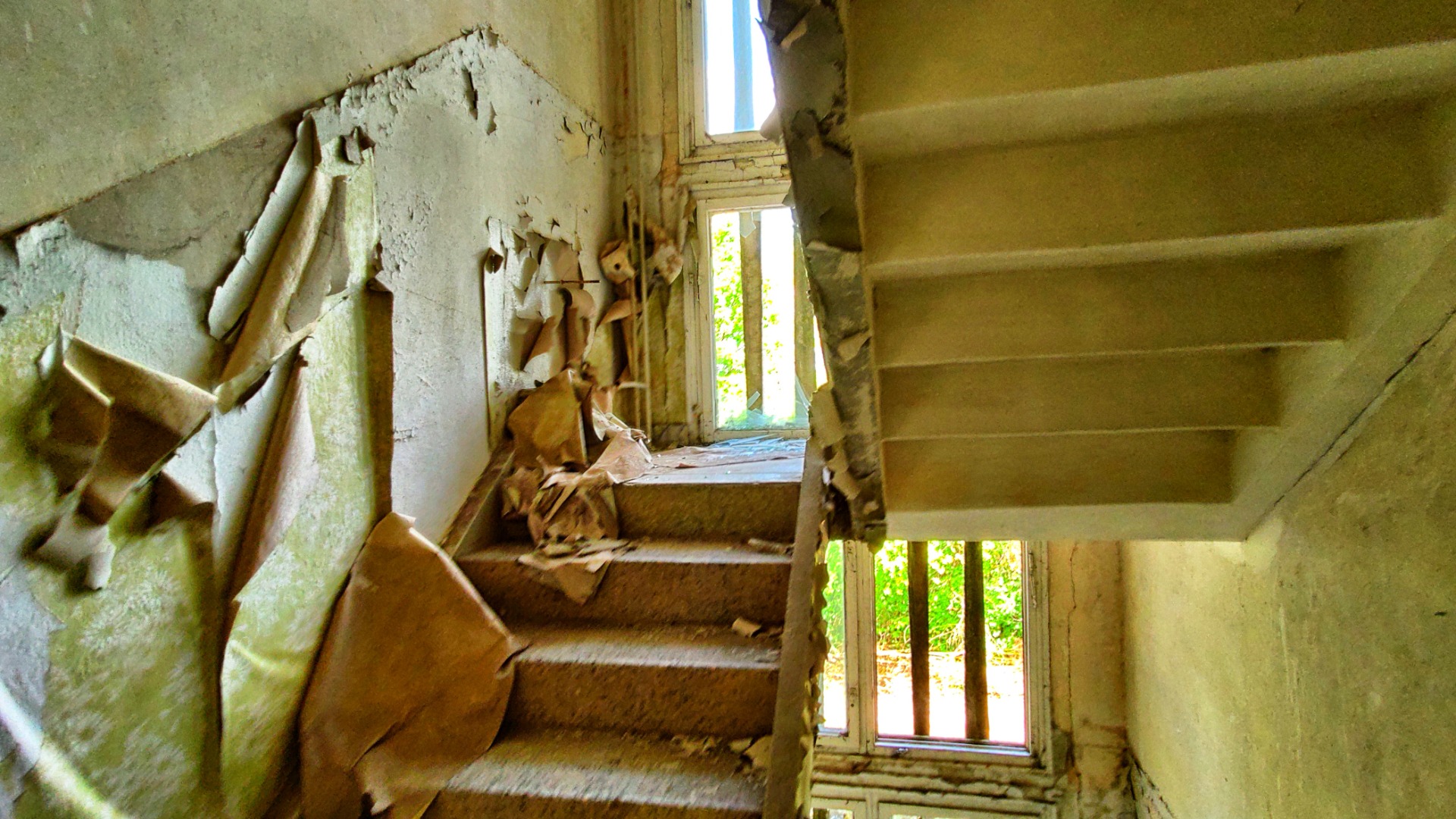
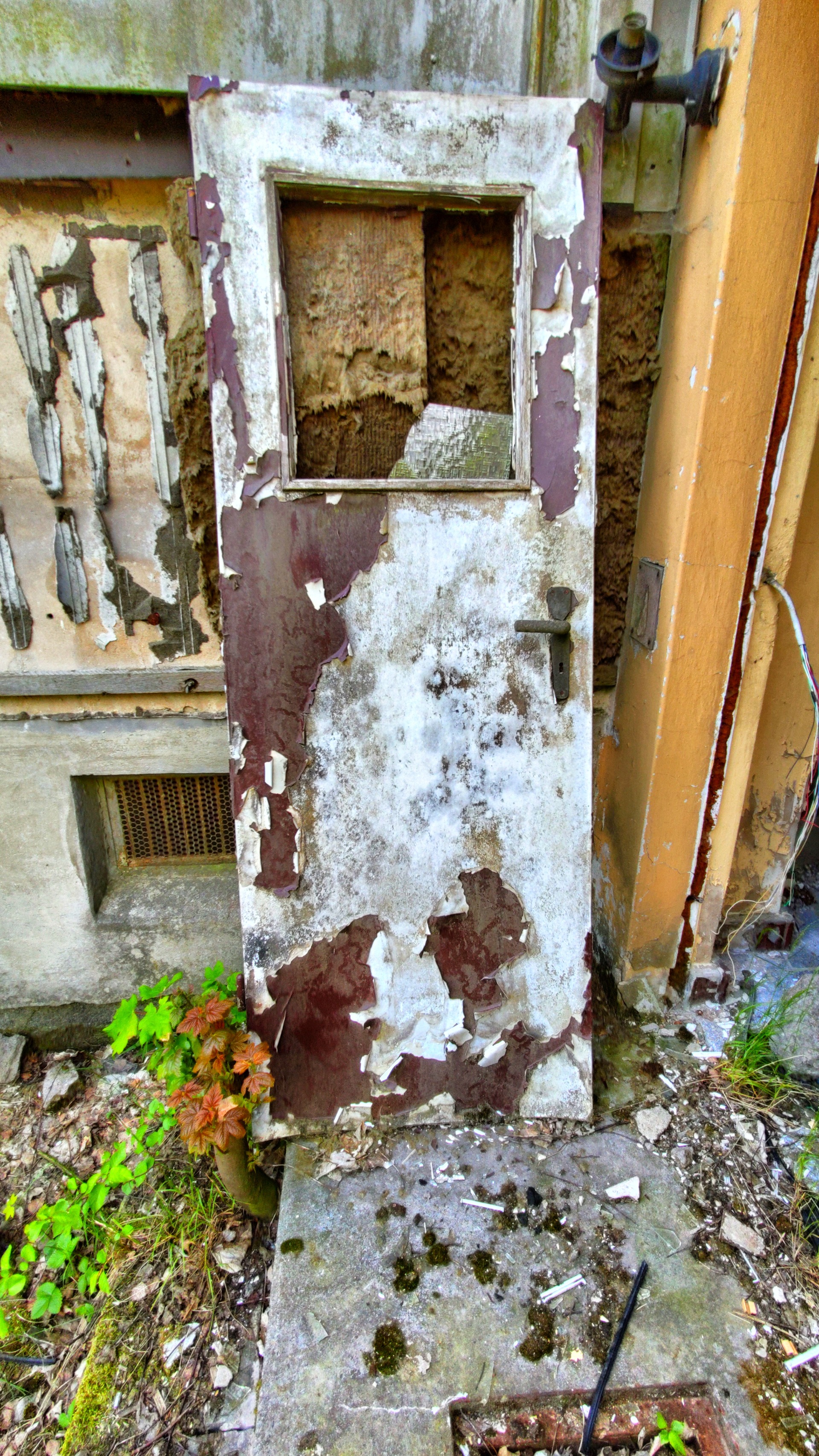
View this post on TravelFeed for the best experience.
